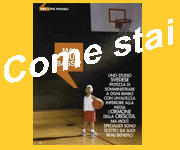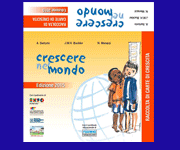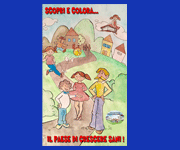Servizio offerto da Google Translate
La redazione italiana di www.cresceresani.it non risponde per eventuali errori di traduzione derivanti dall'uso di Google Translate. |
ULTIME NEWS
- 30/06/2023Progetto video educativi 2023 sul nostro canale youtube
- 13/01/2022Progetto l'orto dei ragazzi
- 13/01/2022Progetto Auxo-Enigmi
- 23/11/2019Open Day kids
| Cresceresani, periodico settimanale registrato al Tribunale di Milano
n° 437 dell'8/7/2008 - Direttore responsabile: prof. Alessandro Sartorio - Cresceresani® è un marchio registrato: info(at)cresceresani.it
Copyright Cresceresani - È vietata la riproduzione anche parziale senza autorizzazione.
Privacy policy | Cookie policy | Disclaimer | Credits | Finanziamento/sponsor | Spazi pubblicitari/links
Preferenze cookies Ultima modifica 07 gennaio 2025 |
|
|









